Plastic daily necessities molds play a vital role in the manufacturing of everyday items such as toothbrushes, combs, kitchenware, storage containers, and personal care products. These molds enable the mass production of high-quality, durable, and aesthetically pleasing products while maintaining consistency and efficiency. Understanding the characteristics of these molds and knowing how to select the right one can help manufacturers achieve production results.

Importance of Plastic Daily Necessities Molds
Molds for daily necessities are central to modern manufacturing because they directly influence the quality, precision, and efficiency of production. High-quality molds ensure consistent shapes, smooth surfaces, and accurate dimensions, which are critical for products intended for daily use. They also contribute to cost-effectiveness by enabling faster production cycles and reducing material waste. Additionally, well-designed molds enhance the appearance and functionality of plastic products, supporting brand recognition and customer satisfaction.
Key Characteristics of Plastic Daily Necessities Molds
Several characteristics define plastic daily necessities molds, helping manufacturers produce reliable and high-quality items.
1. Material and Durability
Many molds are made from high-grade steel, such as P20, H13, or stainless steel, which offers durability and resistance to wear. High-quality materials allow molds to maintain precision over extended production runs, ensuring consistent product quality.
2. Precision and Tolerance
Precision is essential in molds for daily necessities. Accurate molds produce components with consistent dimensions, smooth surfaces, and proper assembly fit, particularly important for items like bottle caps, toothbrushes, or storage containers. Tight tolerances reduce defects and ensure seamless operation in automated production lines.
3. Surface Finish
Mold surface finish directly affects the appearance and feel of the plastic product. Polished molds produce smooth, shiny surfaces, while textured molds can provide patterns or anti-slip effects. The appropriate surface finish enhances product aesthetics and user experience.
4. Complexity of Design
Plastic daily necessities molds vary in complexity, ranging from simple single-cavity molds for small items to multi-cavity molds for high-volume production. Complex molds may include undercuts, slides, or cores to produce intricate shapes, which are essential for items like toothbrushes with ergonomic handles or containers with locking lids.
5. Cooling System
Efficient cooling channels are crucial in plastic molds. Proper cooling reduces cycle time, improves dimensional accuracy, and ensures uniform material solidification. This enhances production efficiency and contributes to consistent product quality.
6. Ejection Mechanism
A well-designed ejection system helps remove finished products from the mold without damage. Ejector pins, sleeves, or plates are often used to ensure smooth release, particularly for delicate or intricate items.
7. Longevity and Maintenance
High-quality molds are designed for long-term use and require regular maintenance to preserve precision. Proper cleaning, lubrication, and inspection of mold components help extend service life and maintain consistent performance.
How to Choose a Plastic Daily Necessities Mold
Selecting the right mold depends on product requirements, production scale, and budget considerations. Below are key factors to consider:
1. Material Compatibility
Consider the type of plastic being used, such as polypropylene (PP), polyethylene (PE), or acrylonitrile butadiene styrene (ABS). Ensure the mold material and design are suitable for the chosen plastic to prevent wear or deformation.
2. Production Volume
For high-volume production, multi-cavity molds with efficient cooling systems are ideal, while single-cavity molds may suffice for smaller runs or prototypes. The right choice balances production efficiency with cost.
3. Product Design and Complexity
Evaluate the complexity of the product. Simple items may require straightforward molds, while ergonomic or detailed products benefit from molds with slides, cores, or custom features to achieve accurate shapes.
4. Surface Finish Requirements
Determine the desired surface texture or finish of the final product. Polished molds create smooth, glossy surfaces, while textured molds provide patterns, anti-slip surfaces, or decorative effects.
5. Maintenance and Durability
Choose molds made from durable materials with accessible maintenance procedures. Regular maintenance ensures the mold remains precise, extends its lifespan, and reduces the risk of production delays.
6. Cost Considerations
While initial investment in high-quality molds may be higher, they offer long-term savings through reduced defects, consistent production, and extended service life. Consider the balance between upfront cost and long-term efficiency.
Applications of Plastic Daily Necessities Molds
Plastic daily necessities molds are widely used in various sectors, including:
Household items: Storage containers, kitchen utensils, and cleaning tools.
Personal care products: Toothbrushes, combs, soap dishes, and cosmetic containers.
Office and stationery items: Pen holders, clips, and small organizers.
Food and beverage packaging: Bottle caps, cups, and containers.

 English
English 中文简体
中文简体 русский
русский
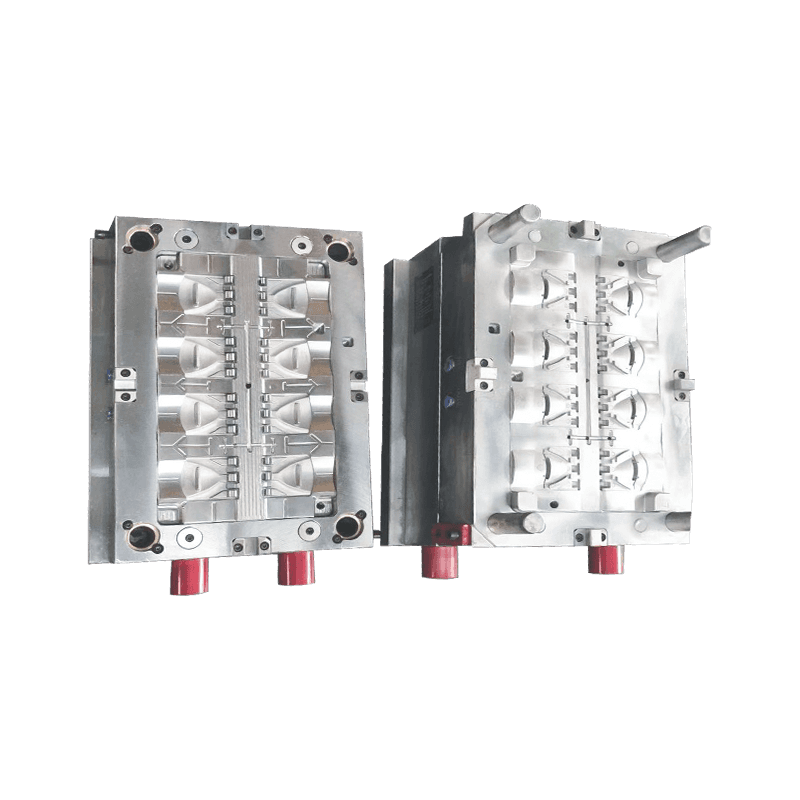
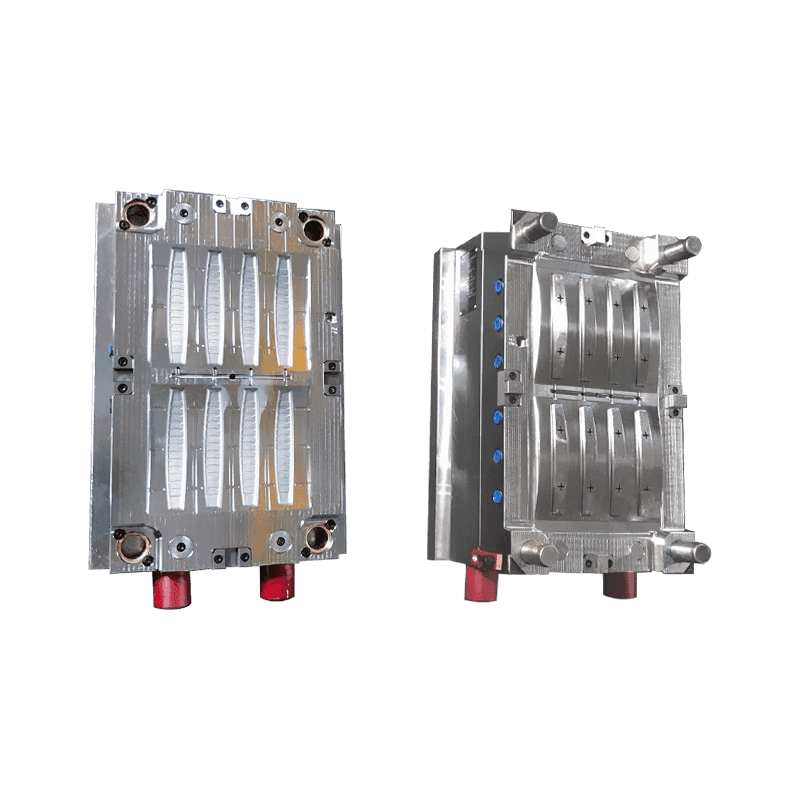
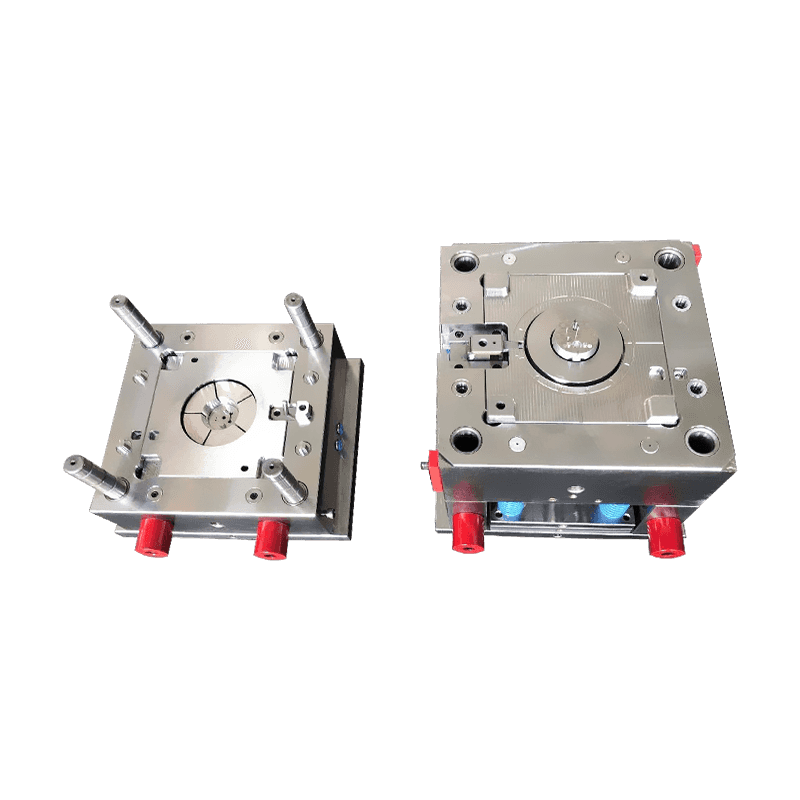
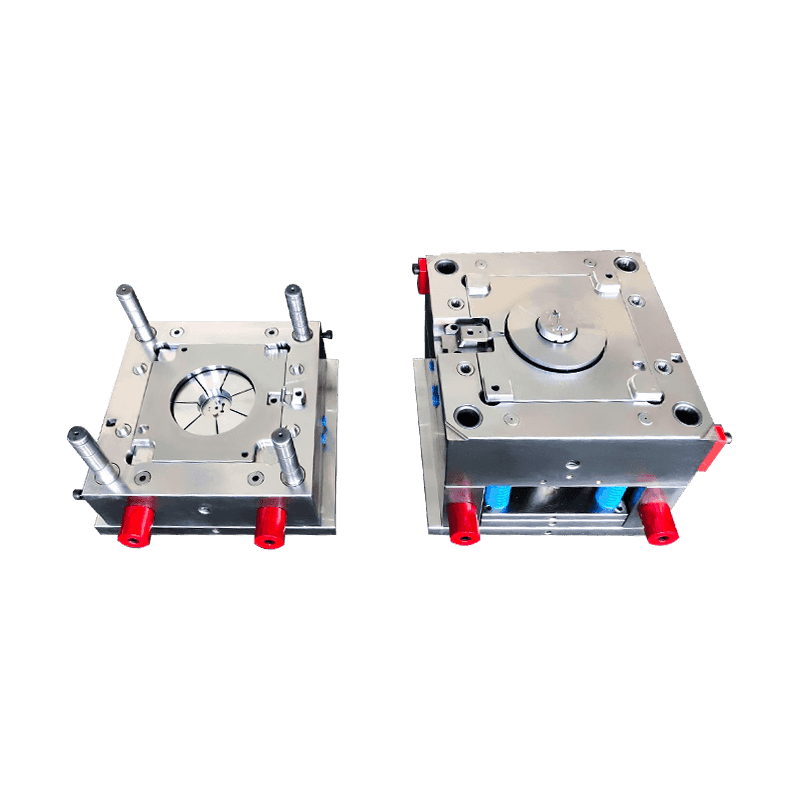
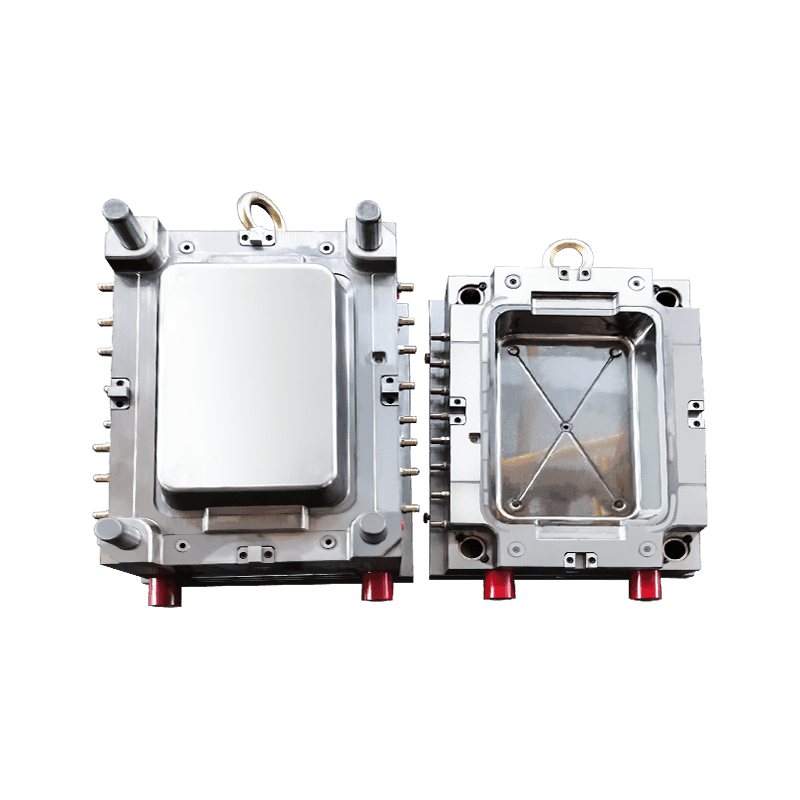
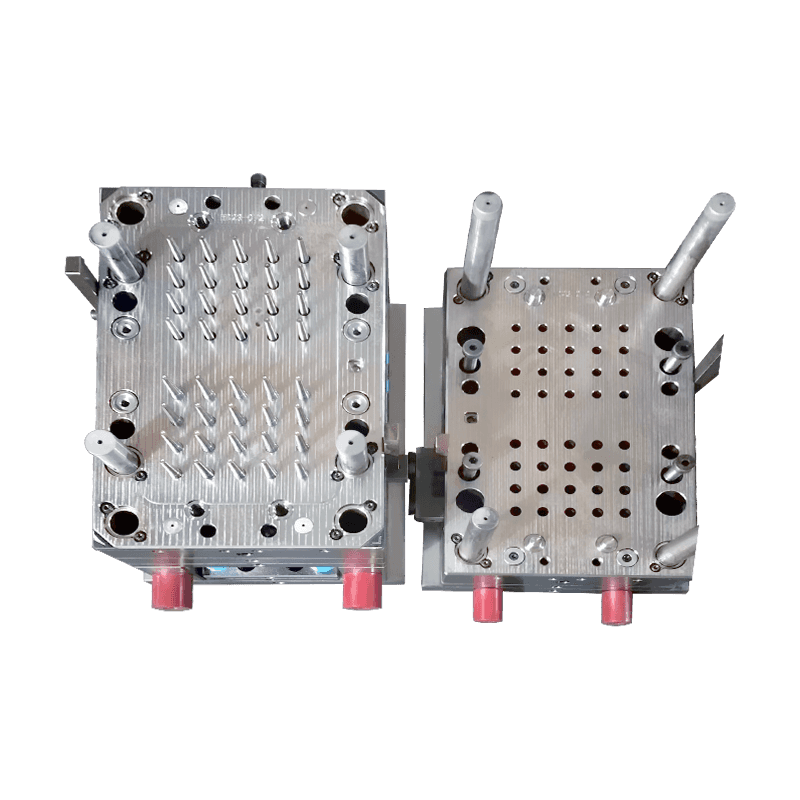
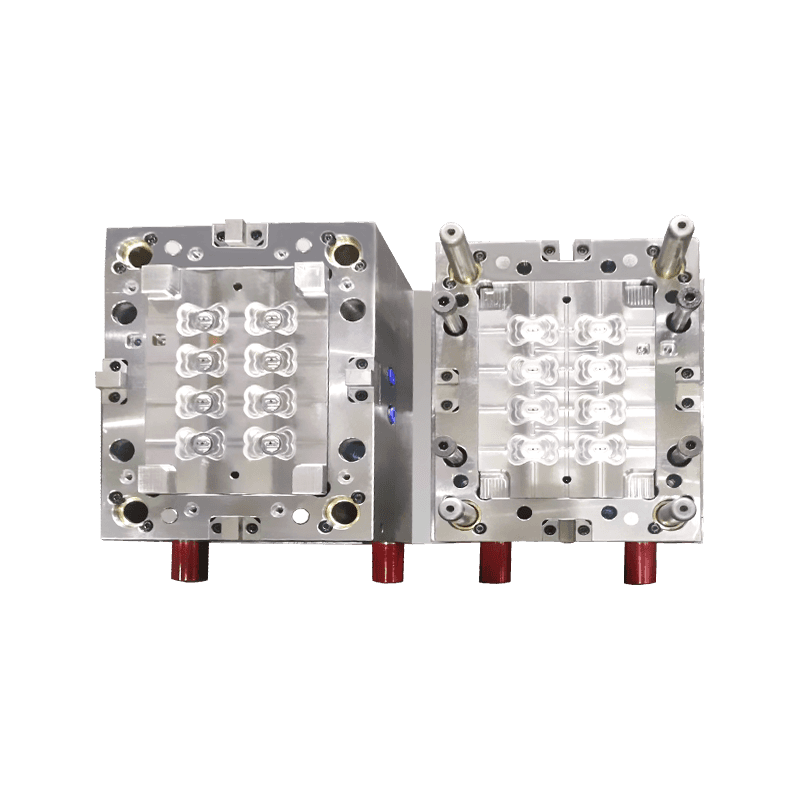
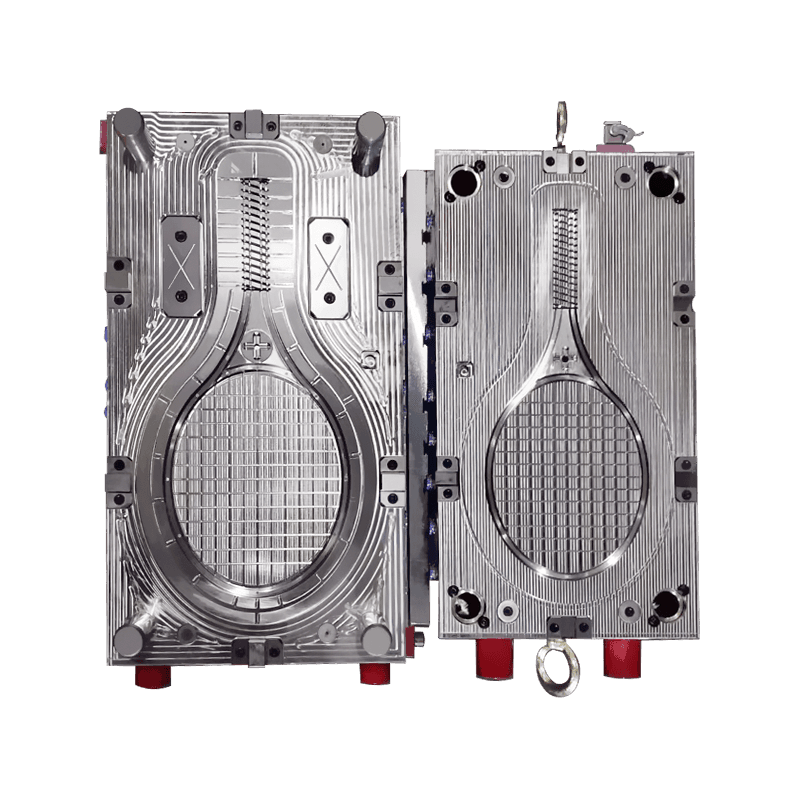
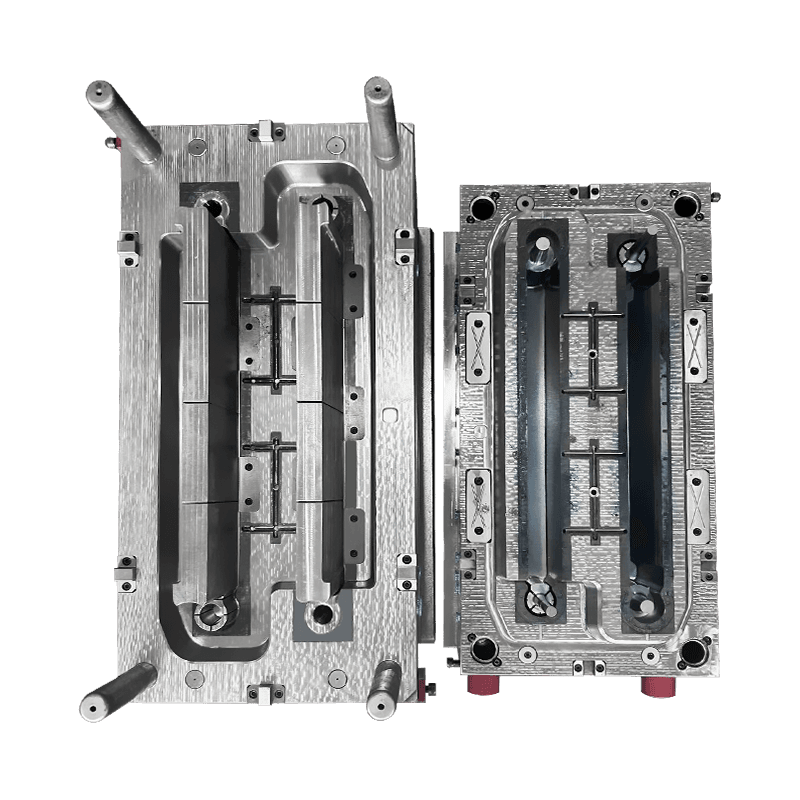
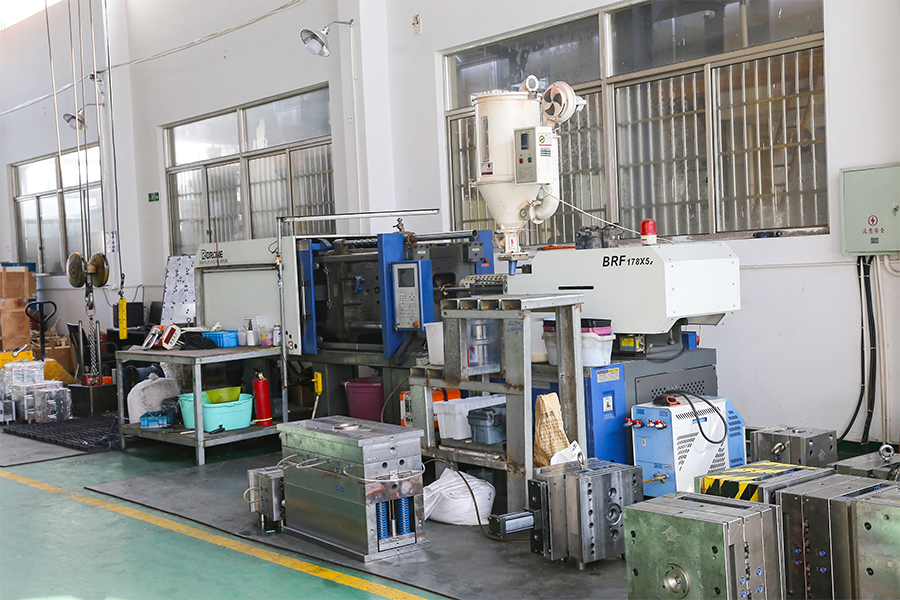
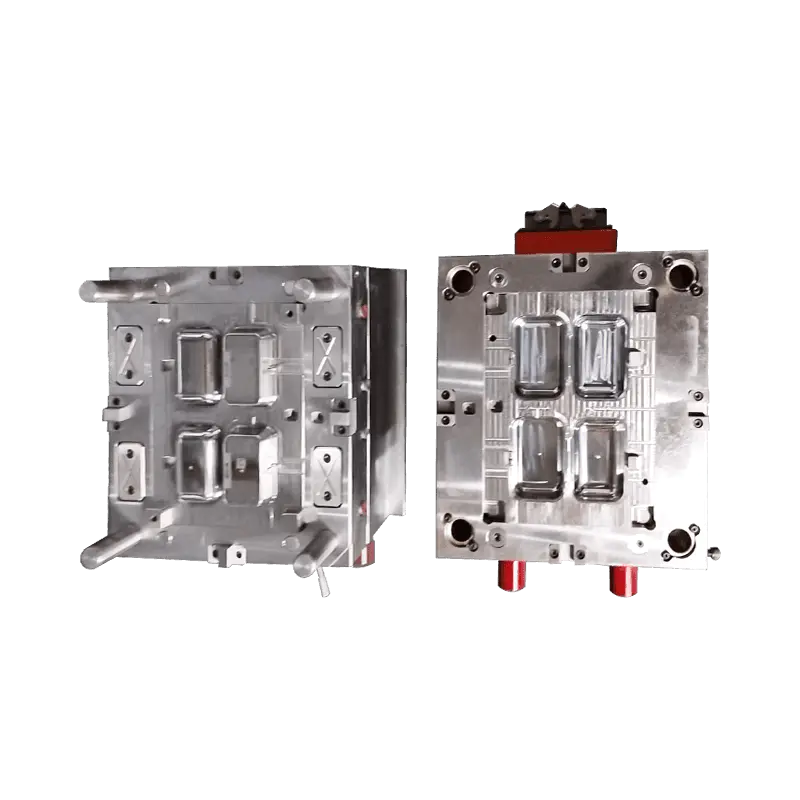

Contact Us